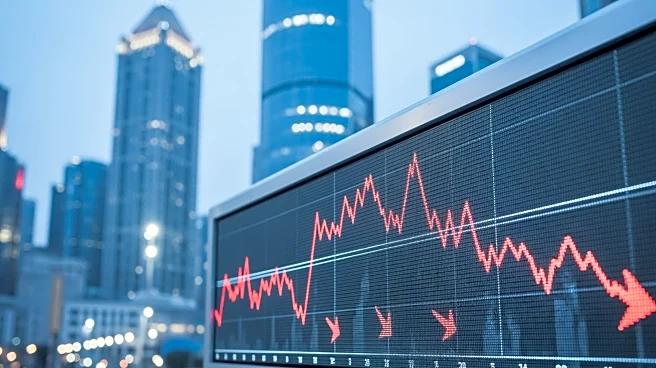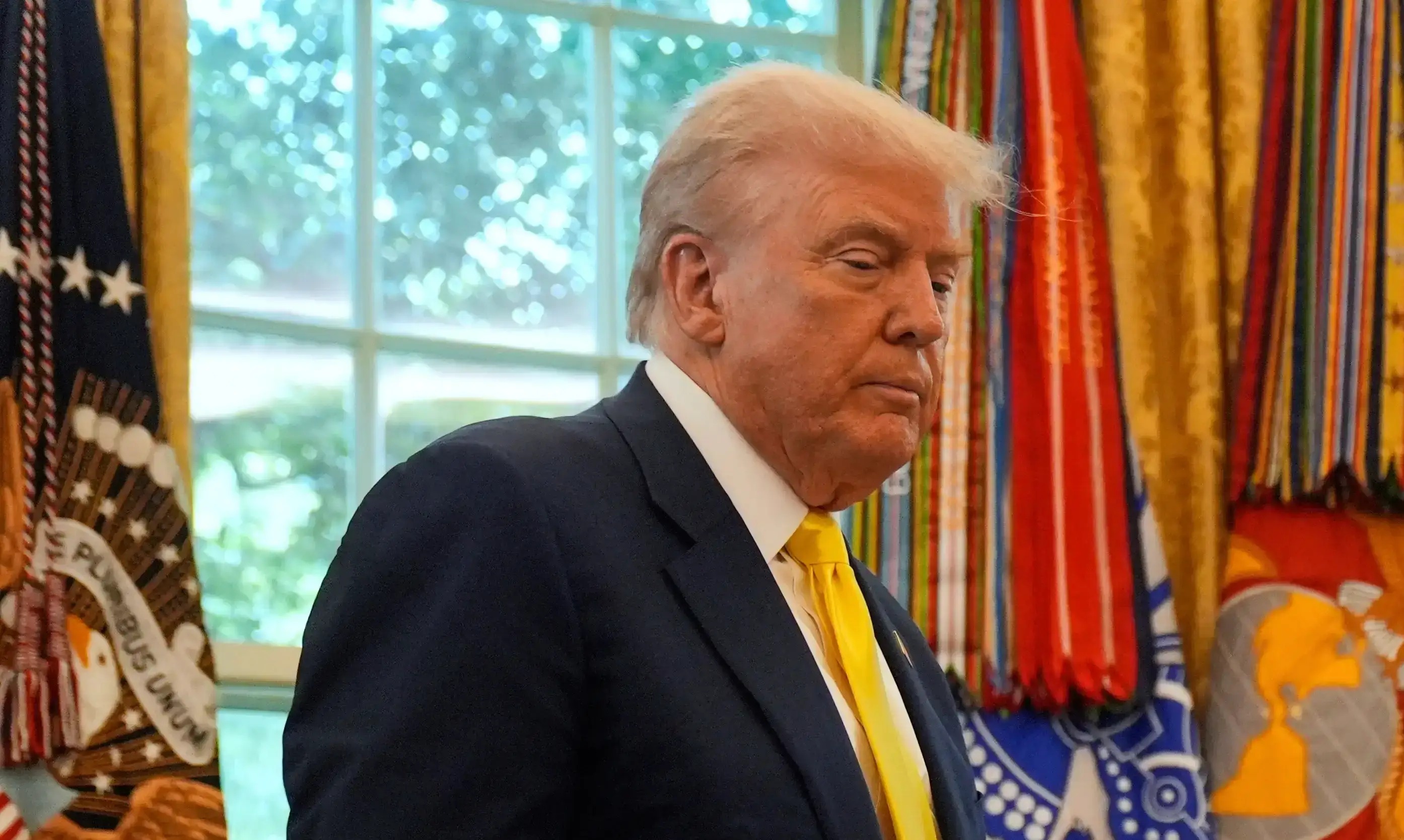What's Happening?
Gold prices have reached a significant high, with the price per ounce hitting $4,071.38 on November 17, 2025. This marks a substantial increase from $2,590.10 per ounce at the same time in 2024, representing
a 57.19% rise. The surge in gold prices is attributed to various global factors, including economic and geopolitical instability. Notably, tariffs imposed by President Trump earlier in the year have disrupted global trade, while ongoing conflicts in Ukraine and Gaza, along with tensions in the Middle East, have reinforced gold's status as a safe haven for investors. Despite the global increase in gold production, Australia's output is set to decline for the fifth consecutive year, contrasting with the global trend.
Why It's Important?
The rising gold prices have significant implications for U.S. investors and the broader economy. As a non-yielding asset, gold is traditionally seen as a hedge against economic uncertainty and inflation. The current geopolitical tensions and economic policies, such as tariffs, have heightened the appeal of gold as a secure investment. This trend could lead to increased investment in gold, impacting other sectors as capital shifts towards this precious metal. Additionally, the decline in Australian production, despite global increases, may affect supply dynamics and pricing strategies for U.S. investors and companies involved in gold trading and production.
What's Next?
Looking ahead, the gold market is expected to remain volatile, influenced by ongoing geopolitical tensions and economic policies. U.S. investors may continue to increase their gold holdings as a protective measure against market instability. Companies involved in gold production and trading might adjust their strategies to capitalize on high prices, potentially leading to increased exploration and production efforts. Furthermore, the U.S. government and financial institutions may need to monitor these developments closely to assess their impact on the economy and financial markets.
Beyond the Headlines
The current situation highlights the complex interplay between global politics, economic policies, and commodity markets. The reliance on gold as a safe haven underscores the need for diversified investment strategies that can withstand geopolitical and economic shocks. Additionally, the environmental and ethical considerations of increased gold production, such as sustainability and regulatory compliance, may become more prominent as companies seek to expand operations. These factors could influence future policy decisions and corporate strategies in the U.S. and globally.













